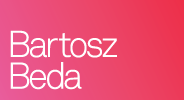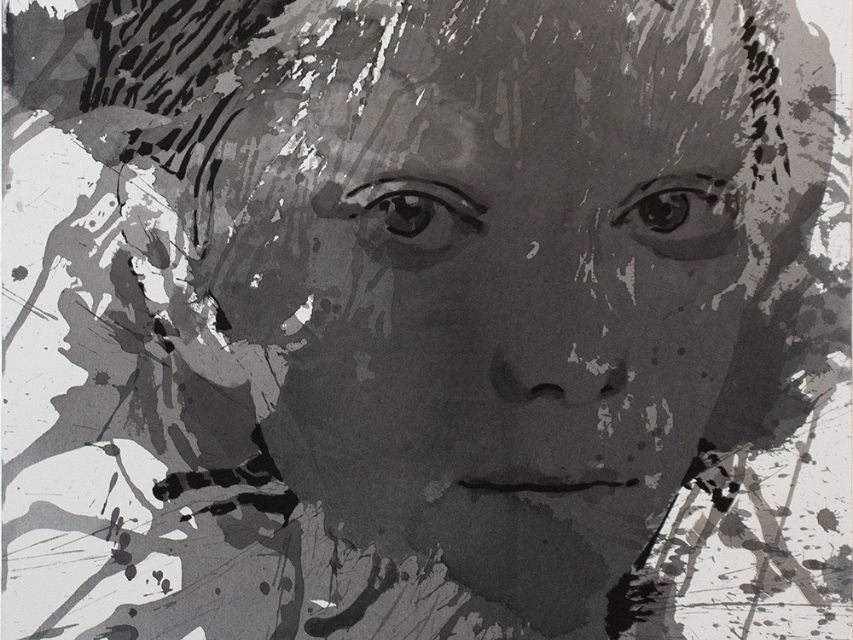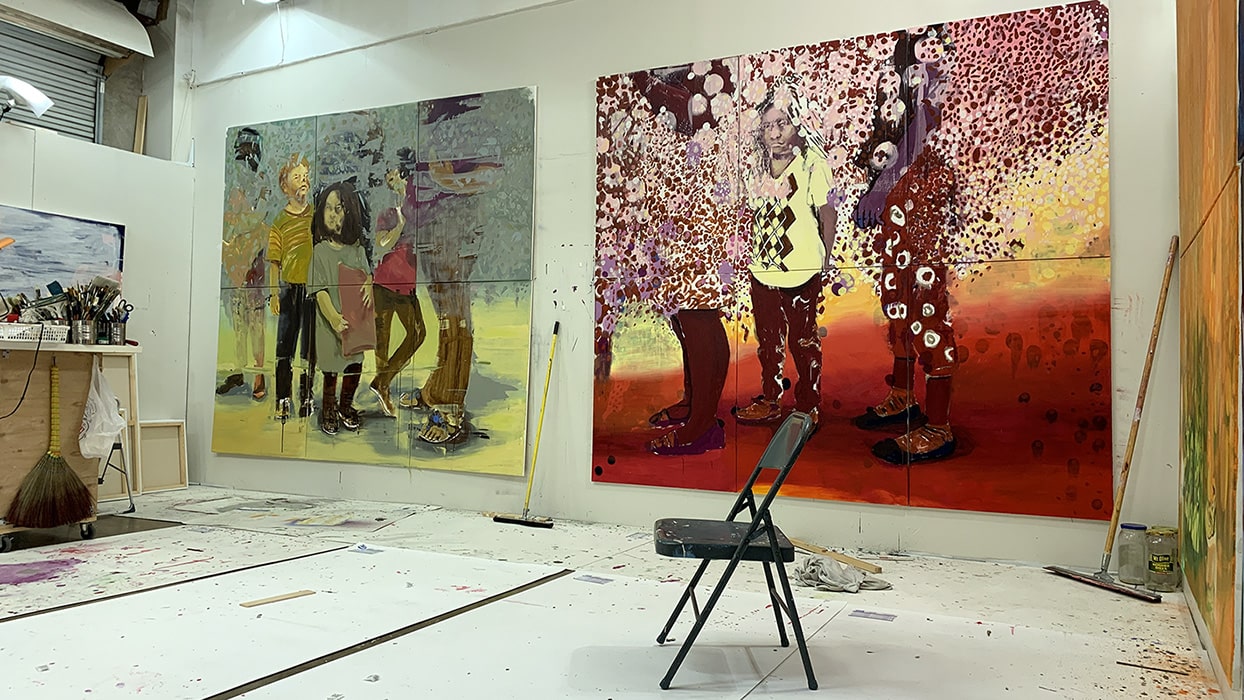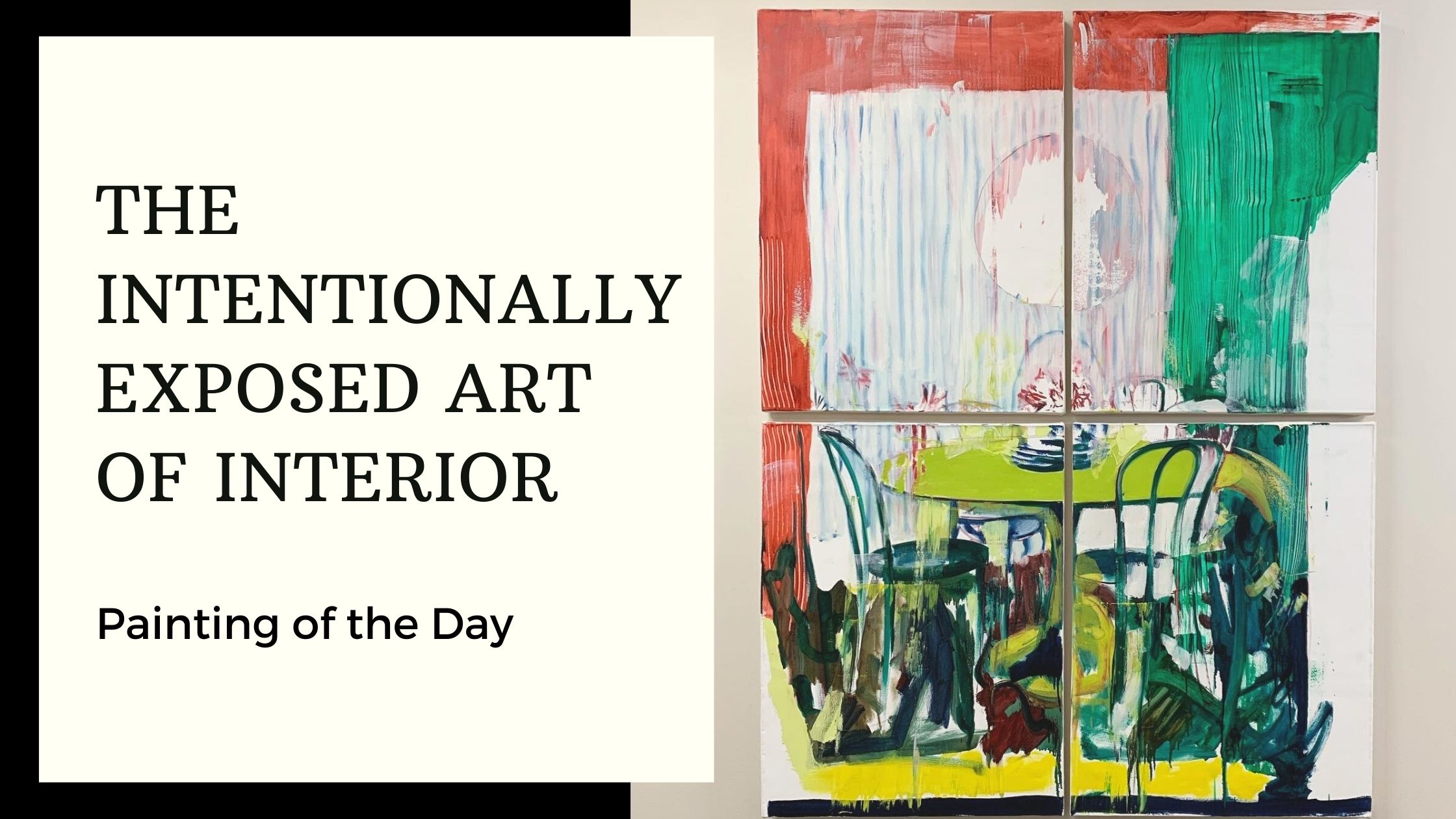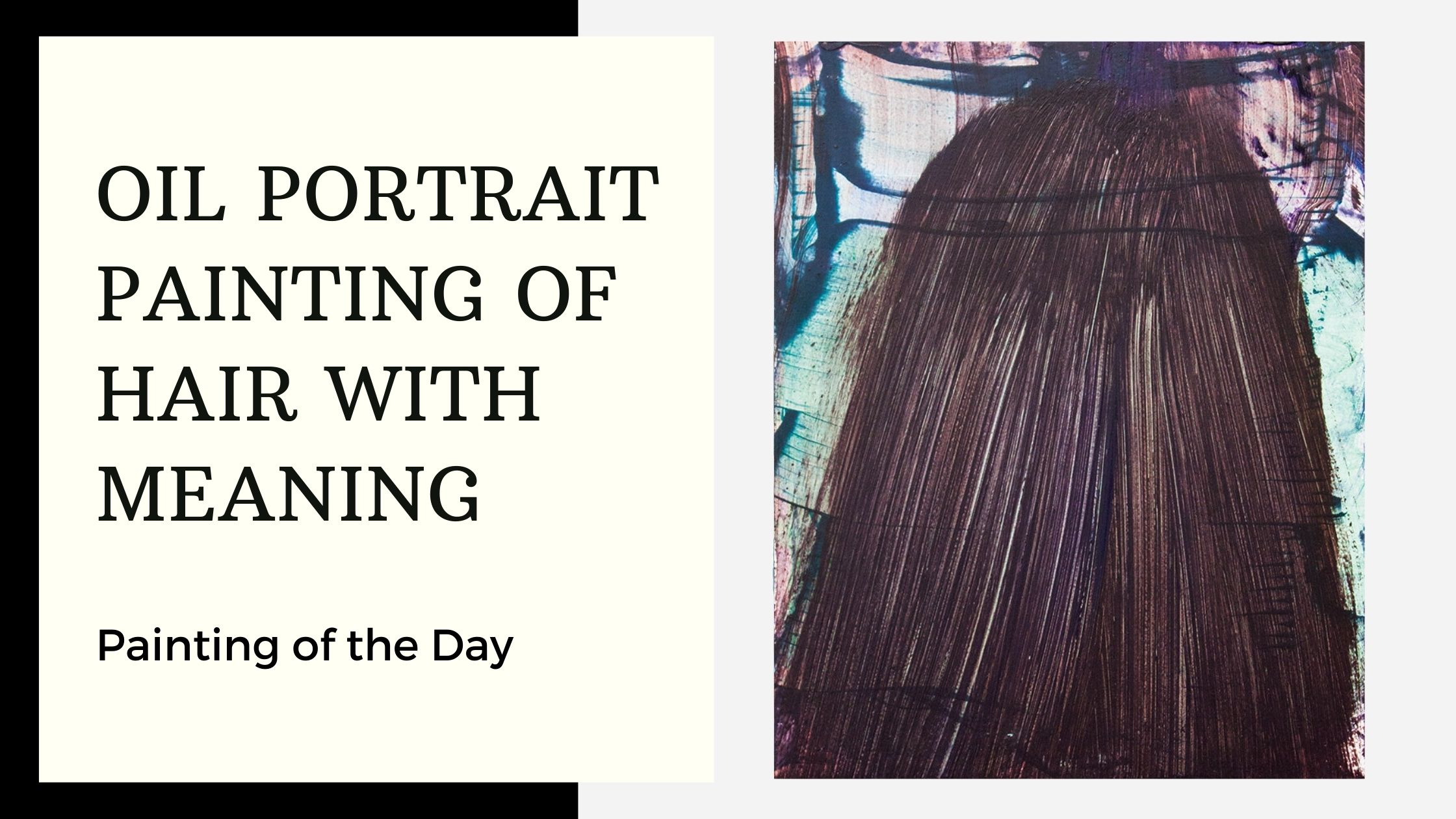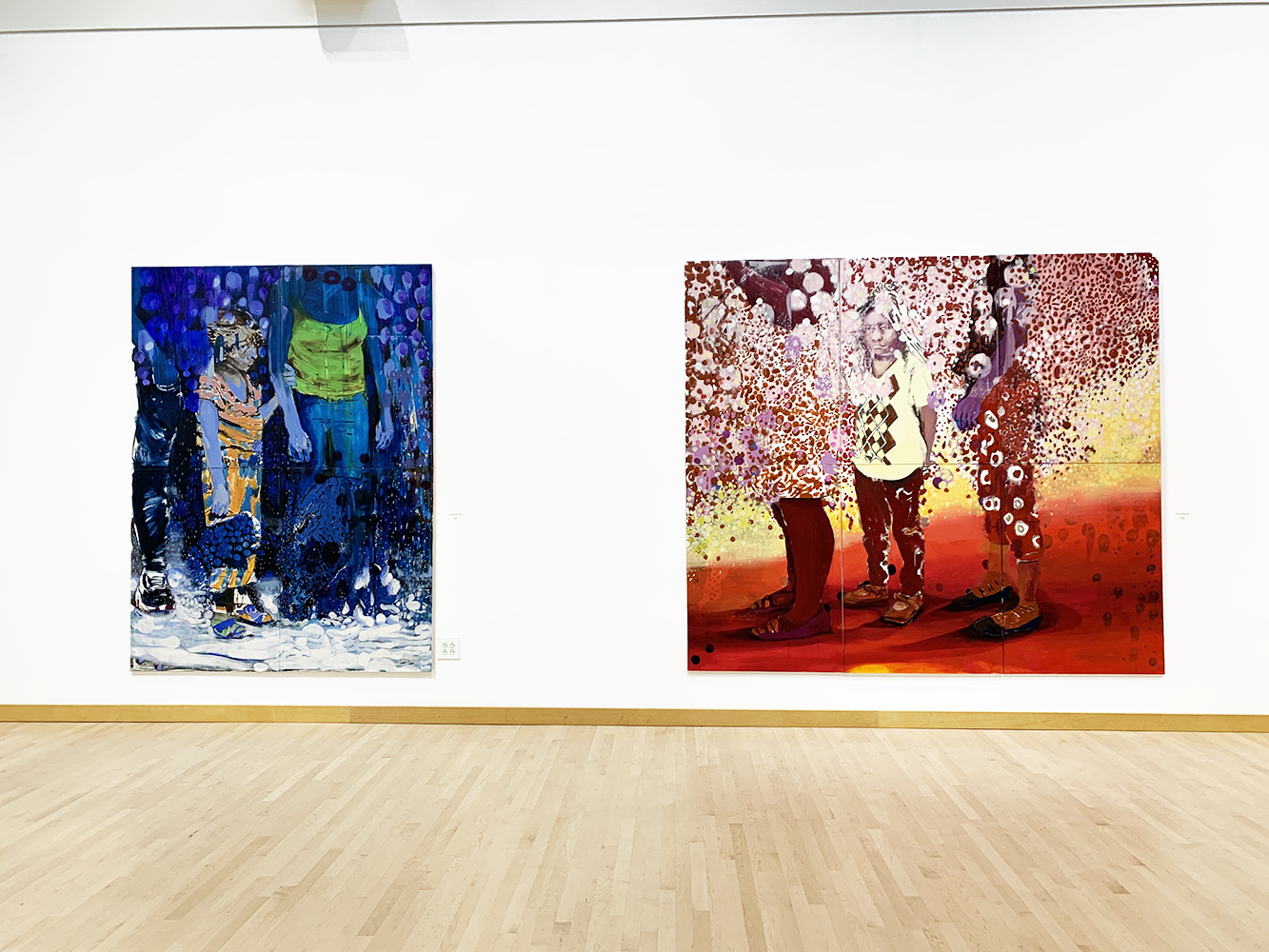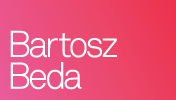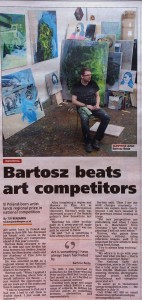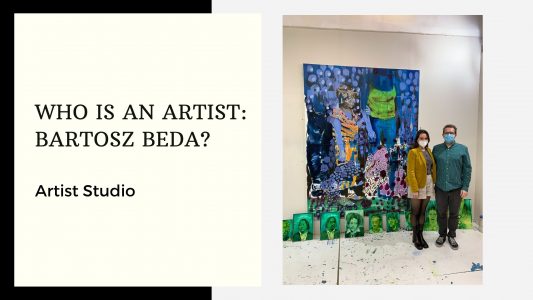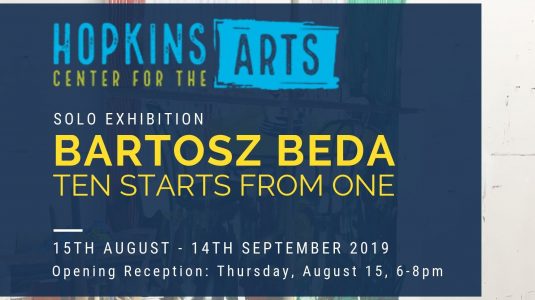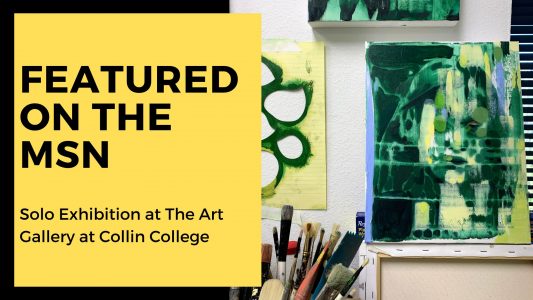Studio International Interview 29th July 2014
![]()
LINK TO STUDIO INTERNATIONAL HERE
Bartosz Beda: interview
by EMILY SPICER
Bartosz Beda is a rising star whose torrid paintings reflect social anxieties, with and a keen eye trained on the lessons of history. Beda distils and distorts images garnered through the media, giving them a new vocabulary of tension and threat with his adept handling of paint.
Since graduating from the Manchester School of Art, he has received numerous nominations for art prizes, winning the National Open Art Competition for the North of England in 2012. Beda was born in Poland, but now lives and works in the US. I spoke to him about finding his voice as an artist, the lure of paint and the future of painting in the digital age.
Emily Spicer: When did you first realise you wanted to be an artist?
Bartosz Beda: I was seven years old. My older brother was interested in drawing and painting so, as a little brother, I just wanted to follow him. Then, maybe after two years, my parents sent me to a professional teacher, who helped me to develop my drawing skills. Then I went to secondary school, which was a fine art school, so I learned to draw and paint in a traditional way.
ES: There has been a lot of criticism levelled at art schools in the UK for not teaching the basics of drawing and painting.
BB: I never went to an academy of art in Poland, but I know the teaching of art there is very traditional. Manchester School of Art was very open to ideas. It was more interested in developing my ideas than my skills. I can understand that people who go to school without those skills struggle to bring their ideas into their work, but if someone really wants to be good then they will be good anyway.
ES: You seem totally at ease with the technical side of painting, with manipulating colour and form.
BB: In a way, when I paint now I don’t think about it any more. I don’t think about how to paint a hand or a face or a figure, or what colours to use. I just do that spontaneously, and I’m actually more interested in deforming the painting. I’m interested in finding a kind of flatnessin colour or form, so it’s nothing to do with figurative painting, even if you can see a figure there; it’s primarily about erasing the focal point. I try to create limitless space, as Rothko did in his paintings. It’s more about experimenting. I don’t know where it will take me, but it’s good practice for something new.
ES: What are your main influences? What draws you to an object or theme?
BB: I’ve made a few paintings that are not based on any kind of image, but basically I start with images. Sometimes I use the same image over and over again and I’m not searching for anything new. Right now, I’m painting figures, and each painting is different, but I’m still using the same images I found a year ago.
ES: Where do those images come from?
BB: Because English is my second language, if I don’t know a word, I type it into Google. When you type a word and then type “definition”, Google tells you everything. It will explain little by little what a word means, and then I follow the next word and the next word and then I come to some more interesting things – words from Latin or some essays, and then I find the images and just search for those.
ES: You’ve done a new series of paintings called(Ras)Putin and Europa(nic). Can you explain a little about these pieces?
BB: Sometimes I watch the news from Poland. In January and February, there were many problems in Ukraine: in Poland, they were describing the political conditions in Ukraine from a different perspective from the rest of the EU, which inspired the title. Rasputin was a dark monk, a strange person who led a basic life. He warned the Tsar of Russia to do everything he could to avoid war. He said war would mean the end of the monarchy. In the end, Rasputin was murdered and became a legend in Russia. His assassination was a mystery, just like his life. He was a good adviser to the Tsar, but at the same time not really welcome. I link that to Putin, who has aspirations to act like a tsar. I’ve played with words a little bit to connect historical events to the present situation.
ES: The more you talk about your inspiration, the more apparent it is that language influences so much of your work.
BB: Right now, I think it is that way. I think that spoken or written words connect with painting and add importance. While I was studying for my BA and MA in Manchester, I was more involved in images. I was more concerned with finding images and painting them. Then I went to Dresden for a six-month residency. After three months, the professor came to my studio and told me one thing that I still remember: “I know you can paint, but when you go back to Manchester you have to show something new, something no one else has seen before.” I was thinking about it all the time and now I know he was right. When artists are doing the same thing all the time, people appreciate it, they like it, but at some point they start to hate it, too, because they stop finding anything exciting about it. So, after that, my idea was to keep my work exciting in a way. It’s not easy, but little by little my work has changed.
ES: The technique you use is impasto, where the paint is thickly applied like butter – you are scraping it and spreading it across the canvas. Is the materiality of the paint important to you, or is paint just a means to an end?
BB: I do apply the paint impasto. I like to have parts of the canvas where the paint is really thin, where you can almost see the primer, and other areas where the paint is very thickly applied. I also work wet on wet, so the paint mixes all the time. Sometimes, I want to prove to myself that I can still paint figures in a traditional sense, so I limit my palette to maybe two colours and sort of draw the figure into the painting and then, when I’ve proved to myself that I can still do it, I start to destroy the figure. So I’ll create something really realistic and then take it out little by little.
ES: Would you consider venturing into other mediums?
BB: No, I wouldn’t go to other mediums. I’d rather dedicate my time to painting. There was a time when I was searching for my perfect medium. I started in animation and worked with sculpture in a movie studio in Poland. When I was working on Peter and the Wolf, I was working with one of the main artists and she was making sculptures on a small scale, which I then scaled up. She liked my work a lot and said I should make a portfolio. She saw me as a sculptor.
ES: What made you leave animation?
BB: I’d always wanted to do painting. Working with sculpture was a final transition, it made me realise that painting was what I really wanted to do. Once I had decided that, I found an art school in Manchester. It had been my dream to study abroad since I was little. I always imagined myself as someone who was born in Poland but would live in other countries. That was something I wanted to do in my life. The EU opened up this wide variety of opportunities. I could go anywhere and work anywhere. I didn’t speak English, but I thought it would be easier to learn than German, so I thought, OK, I’ll go to England. I still struggle with languages. It is not easy for me. So language is something I’m still working on, and maybe recently that has influenced my work. First, words come into my mind, and that’s how I’m building my works. I put the words together and create things around them.
ES: You’ve mentioned Google and how it facilitated that process. How do you think painting is evolving under the influence of Google, and how will it continue to evolve in a digital age?
BB: I think at some point in the future, artists will start to move away from Google images and online resources. I think that was good maybe five, 10 years ago when Gerhard Richter developed this idea of using photographs. It was not a new idea, but he renewed it in a different way. Then Luc Tuymans and Wilhelm Sasnal began to use media sources, online sources and pictures from magazines, and other artists started to follow that trend and I followed it too. For my BA and MA, I was following those kinds of ideas, those ideas that someone had developed already. Now I’m trying to find my own vision of painting, to bring a new perspective to painting. This is a long process. We all copy and use the ideas of others and it’s not a bad thing. It is a process of learning, but right now I’m moving away from using images as sources.
I’m waiting for something to come along and change my work 180 degrees. I also follow emerging artists and how they develop their work. Some of them don’t change anything. Once they’ve found a market, they try to follow it. They feel that they’re secure, and that’s what I was saying at the beginning. People might like your work and appreciate it, but at some point they will hate it because they won’t find excitement in it any more. So I’m trying different things in painting and I’m trying to experiment all the time with paint.
ES: If you didn’t have Google or the internet, would you be spending a lot of time in the library leafing through dictionaries and art books?
BB: Actually, I do that anyway. For example, where I live in Idaho, they have big volumes of Studio International editions. There was a time when I was spending all my mornings in the library, two hours just reading or looking for images in Studio International. I did that before my solo show in Spain. Then I found the last printed version. I had this physical fact saying to me that this was the last copy and I thought: “Oh no, they’re not publishing them any more.” It never occurred to me that it existed online. It’s like painting, which is a transition between real life and what you imagine. Once a work leaves the studio, it’s living in a completely different world. For example, I don’t know what has happened to the paintings that have gone to collectors. I don’t know if they’re in a dark room where no one can see them, or whether they’re hanging on a wall somewhere. The fact that they are collected is a nice feeling, but at the same time I don’t know the reality of that painting after it leaves my studio. It is exciting too. The physical object is not with me any more, just like Studio International, but it’s nice that it still exists.
ES: You’ve talked about experimentation and looking for a new direction in your painting. Maybe America will bring out a different side to your work?
BB: I think that for sure. Change is always good, but at the beginning it creates a lot of expectation in people when you change place, when you change friends and when you start a new life. It is like you’re reborn a little bit, so maybe it takes time to see a different angle. By understanding what I want from painting, I will see a different side of my life and work. This is an interesting time, a gradual transition from old to new. I think that my time in America will bring new directions, new discoveries in painting. I am trying to acknowledge what I experience and how I can use that experience.
ES: What do you have planned for the next 12 months?
BB: That’s a good question. I’m exhibiting in a number of the international group shows. I also have a solo show in November this year at the Bogotá Arte Contemporáneo in Colombia, for which I’m slowly making a new body of work. I am very excited about that show, as it is a big and challenging space for my paintings. Right now, I am showing my work with BAC in a summer group show called Image of Emotion. In the near future, I would like to work with other galleries in Europe.
